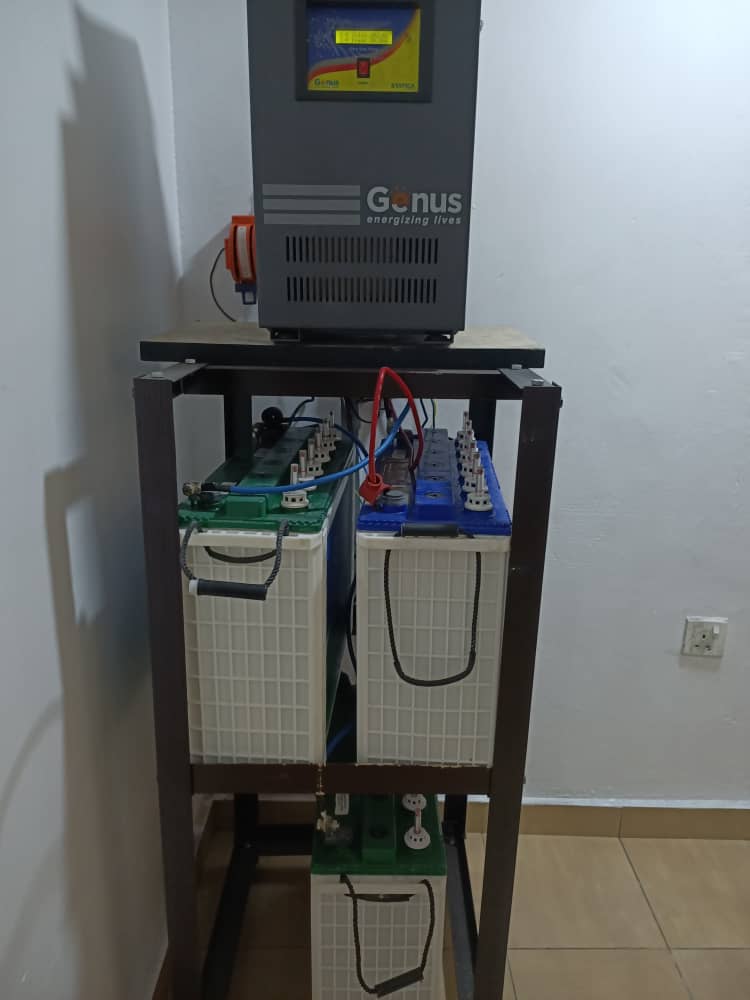In order to make an informed decision during an inverter purchase, you should know how to choose the right inverter. As we are aware of the numerous types of inverter available in the market with different outputs and a wide variety of power ratings.
Questions like, “which type of inverter to buy”, becomes very hard to answer with the larger variety available in the market. Therefore complete guidance becomes really necessary in such cases.
Today we will be giving you tips on how to choose the right inverter for your home or work use. Remember information is power. Lets get on with it.
How to Choose the Right Inverter Type
Define Your needs
The first step to choosing the right inverter is defining your needs. Know the type of appliance that you are using and its sensitivity. I would explain further below. Lets begin with a sine wave inverter:
Choosing a sine wave inverter
If the equipment is sensitive, then you would need to operate on a pure sinusoidal voltage. Meaning that you have to use a pure sine inverter for the equipment to function properly. Most equipment function well on pure sine wave, it’s advisable to stick to the pure sine wave.
Choosing a modified sine wave inverter
Some equipment are a bit flexible in the sense that they can accept a bit of voltage fluctuation without damaging. I have heard people complain of dead energy bulbs while running on inverter. They most likely running a quasi sine wave inverter. The only advantage is the cost and the main drawback is fluctuations.
Devices that may be damaged by a Modified (Quasi) sine wave
While you are enjoying the inexpensive modified sine wave inverters in your homes. Here a few equipment you would not want to run off a modified sine wave inverter.
- Appliances like refrigerators, micro wave, compressors that runs an AC motors. The are not to going to function to full capacity on a modified sine wave inverter.
- Most times, running an AC motor on a quasi may lead to a buildup of excessive heat waste that could damage the equipment.
- Delicate medical equipment like CPAP, oxygen concerntrators should not be used on a quasi.
- You can power a radio with a quasi wave inverter, but it may pick up interference which could make it difficult to listen to.
- Lighting that makes use of electronic ballasts like energy bulbs don’t fare well with quasi.
- silicon controlled rectifier devices too
- Devices like laser printers and photocopier also.
The list of electronics that usually work just fine with a modified sine wave is far too long. As long as it doesn’t use an AC motor, isn’t a delicate piece of medical equipment, and doesn’t fit into any of the other no-go scenarios, you’re probably going to be in the clear. A simple example is your laptop.
There is still so much more to be learnt in order to select the right type of inverter but what I have explained above is the basics. Therefore when you are considering powering your house or office with an inverter you should know how to choose the right inverter before purchasing.

